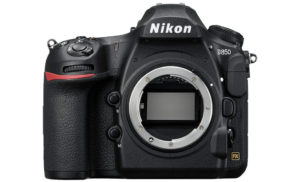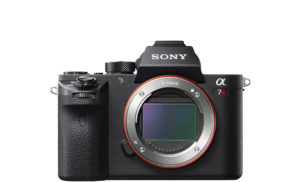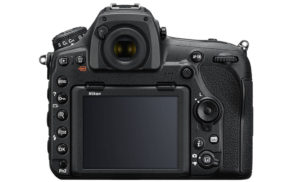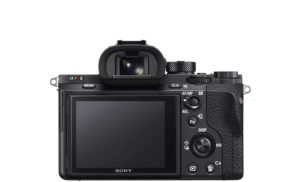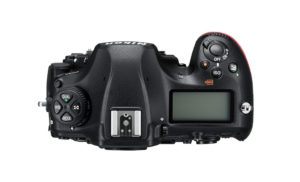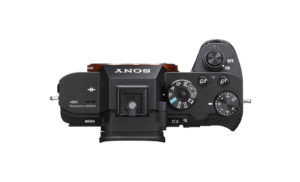The recently announced D850 is Nikon’s much anticipated successor to the popular D810. It features a new 45MP sensor as well as the brand’s most advanced autofocus system, and is bound to become an interesting tool for those who want a high resolution and fast performance within the same body.
If the Sony A9 is the mirrorless camera that comes the closest to the D850 concerning the autofocus performance (and even has a few exclusive tricks of its own as you can read in our comparison preview here), another Sony product, the A7r mark II, should prove a serious competitor for the Nikon in the image sensor department despite being more than two years old.
How do these two full-frame cameras compare? Let’s find out!
Ethics statement: The information supplied in this article is based on official specifications and our personal experience with Sony and Nikon cameras. If we get the chance to test the two products side-by-side, we will publish a full comparison. We were not asked to write anything about these cameras, nor were we provided with any sort of compensation. Within the article, there are affiliate links. If you decided to buy something after clicking the link, we will receive a small commission. To know more about our ethics, you can visit our full disclosure page. Thank you!
1. Sensor
The two cameras feature a full frame (35mm format) sensor with BSI technology. This means that they can collect light more efficiently because the photosites are closer to the sensor’s surface.
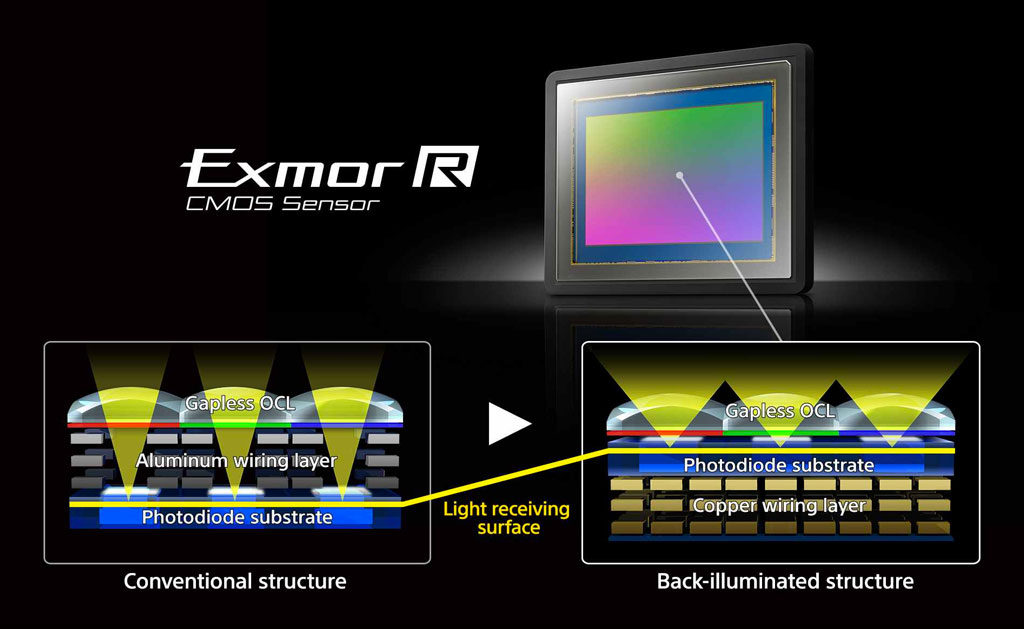
BSI translates into better high ISO performance and dynamic range in the real world. Interestingly, according to a recent interview on Imaging Resource, Nikon chose the BSI path not for the low light performance but to have more flexibility in the sensor’s wiring and to achieve a higher processing speed.
The resolution is very similar on the two cameras: 45.7MP for the Nikon and 42.4MP for the Sony. They both lack the Anti-Aliasing filter and can output 14-bit uncompressed RAW (the Nikon has more options concerning compressions and sizes however).
There is a small differences in sensitivity as well: the D850 starts from ISO 64 and goes up to ISO 25,600 but you can also expand the values to ISO 32 and ISO 102,400. The A7r II has a native range of 100 to 51200 ISO with pull ISO 50 and push up to ISO 204800.
The first tests are being published at the time of writing this article so we’ll soon see how these two cameras compare side by side. At least on paper, they should perform in a similar way but then again, specifications are one thing and real images are another. Sony has been known to produce some of the best sensors on the market and despite early speculation, they didn’t produce the one for the D850 as they did for previous Nikon cameras.
2. Autofocus
The Nikon D850 features the same Multi-Cam 20K autofocus system of the flagship APS-C D500 and flagship full frame D5. The dedicated AF sensor has 153 points with 99 being cross-type. The 180,000 pixel RGB metering can work in low light down to -3EV. The 15 central points are sensitive down to -4Ev and f/8. There are three groups of points available (153, 72 or 25) and a 3D tracking mode (3D Matrix).
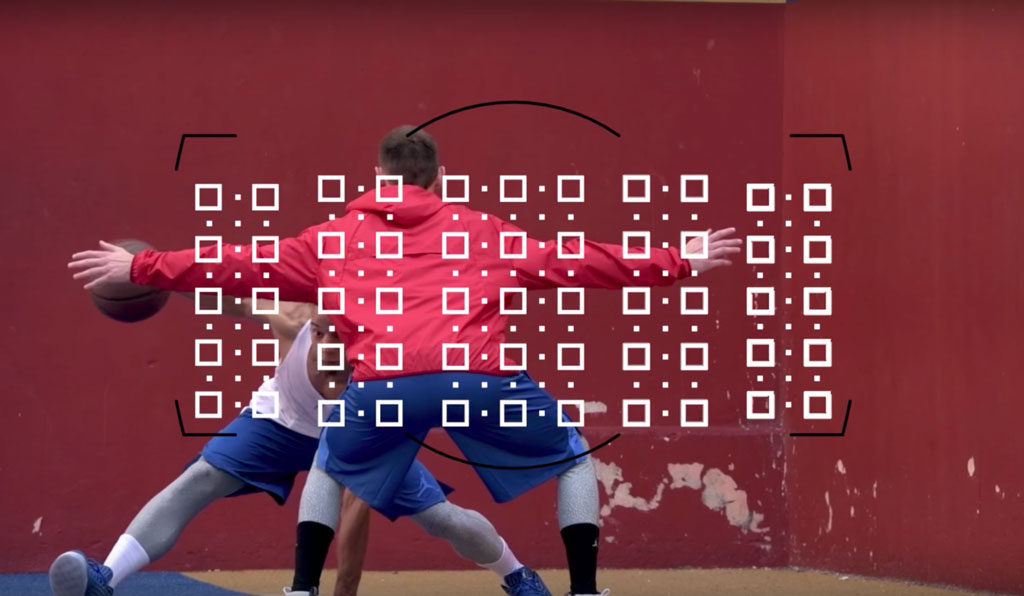
The Sony autofocus system is not as advanced as the Nikon’s but was a relevant step forward at the time of its release. It is the first E-mount camera to offer full compatibility with adapted DSLR lenses thanks to the phase detection system. While the speed and accuracy is not as good as with native lenses, it proved more than usable even for difficult subjects like birds in flight.
There are 25 contrast detection and 399 phase detection points on the sensor. The minimum sensitivity range is lower however (-2Ev) so the Nikon should do better in low light. You can select different Area modes including Wide, Zone and Single point with three sizes available. Lock-On AF (similar to 3D Matrix) is available and Sony’s EyeAF performs really well.
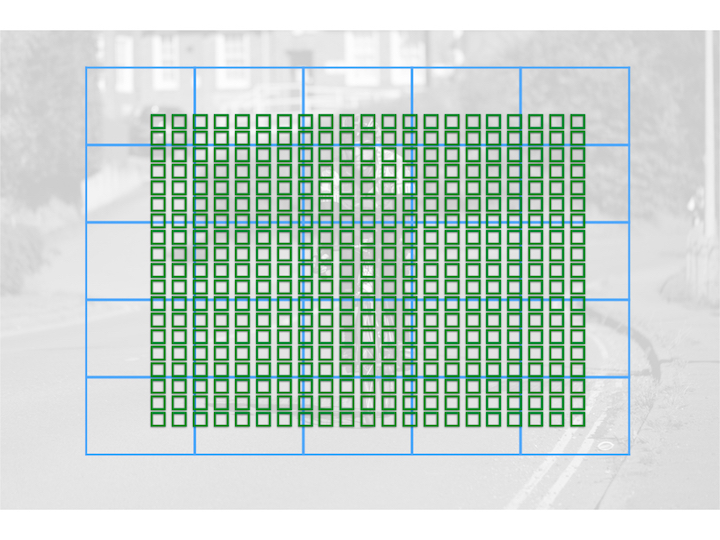
Having had the chance to test the same AF system with the D500, there’s no doubt that the D850 is more capable of giving you more accurate and constant results for difficult genres such as sports and birds in flight. However the A7r II has a few advantages.
First EyeAF can be an excellent ally for portrait work as the camera uses a single phase detection point on the eye and it’s very reliable. Second, because the phase detection points are on the image sensor, they can be used during 1080p and 4K video recording to maintain fast performance. The D850 on the other hand uses a contrast detection system when working in live view and probably won’t be as fast as the Sony.
3. Viewfinder and rear monitor
Like all DSLRs, the D850 features an optical viewfinder. It has 0.75x magnification, which is the highest of all Nikon cameras.
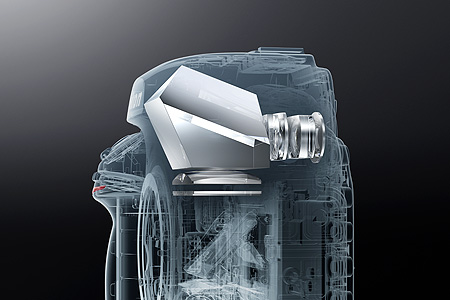
The A7r mark II has an electronic viewfinder with a 3,359k dot OLED panel. The magnification is slightly higher (0.78x) and the refresh rate goes up to 60fps.
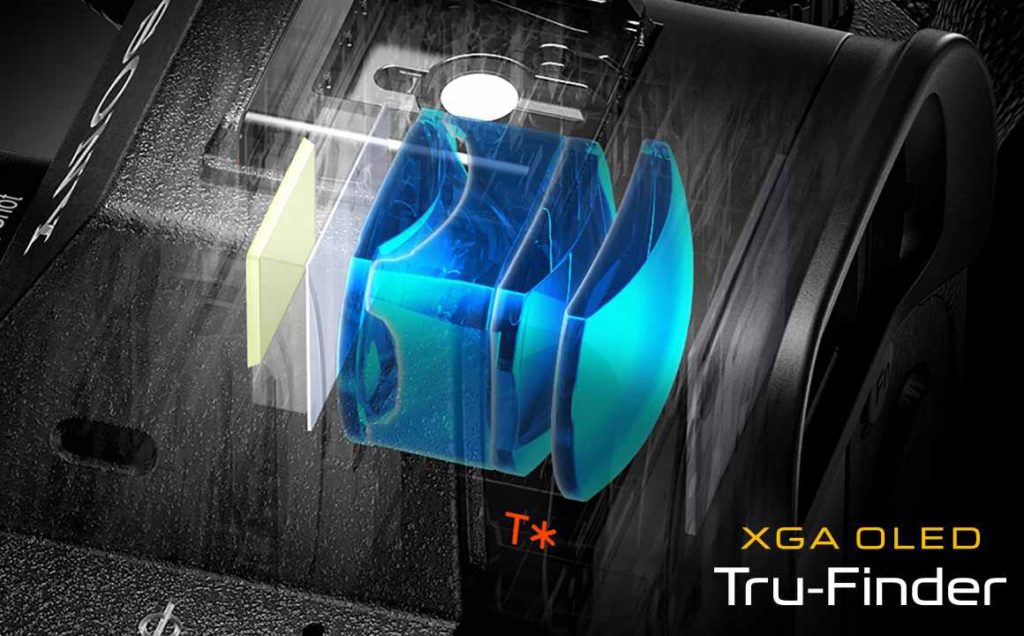
The EVF gives you the advantage of previewing your exposure and picture settings with live view while shooting. The optical viewfinder on the other hand has no lag and gives you a natural view of the scene. If you want live view on the Nikon, you need to use the rear monitor.
Only the LCD of the D850 is touch sensitive and it is also slightly larger than that of the Sony.
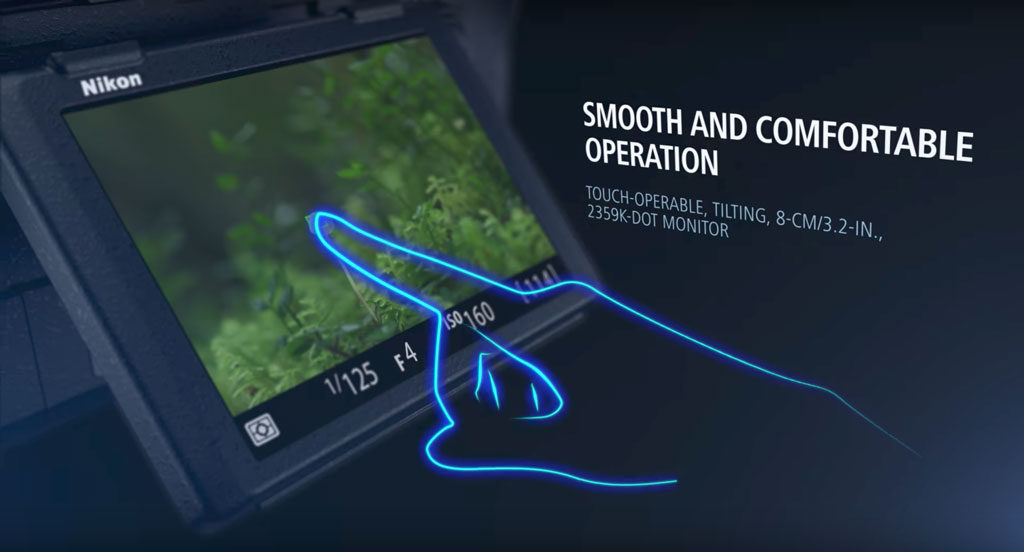
4. Continuous shooting speed and buffer
The D850 can record up to 7fps with continuous AF. You can increase the speed to 9fps by using the optional battery grip (MB-D18) and optional EN-EL18a/b battery.
The A7r II can shoot as fast as 5fps with continuous AF. You don’t get a preview in the EVF during burst shooting but the last image taken is displayed instead, which means it adds a considerable lag between what’s happening and what you are seeing.
With the optical viewfinder of the D850, there isn’t any lag and you maintain a real time view of your subject, albeit with blackouts due to the mirror flipping up and down.
Concerning the buffer, the Nikon can save approximately 51 lossless RAW or 170 12-bit lossless files. The capacity can improve with the optional battery grip. The Sony has worse capabilities with 30 JPG and 23 RAW (compressed) images.
The D850 has an electronic shutter option and can take pictures in complete silence by using the rear LCD screen. You can also increase the continuous shooting speed to 30fps in DX mode but the resolution output is 8.6 megapixels.
The A7r II has an electronic shutter option for silent shooting but no increase in burst speed. It does have an electronic first curtain setting though.
5. Video capabilities
The Nikon D850 can record 4K up to 30fps and 144Mbps without sensor crop although it is not yet clear if it performs full pixel readout. The sensitivity is the same as for stills. In 1080p you can go as fast as 120fps with the option to save slow motion footage in-camera directly. You can get a better signal via HDMI and record to an external recorder (4:2:2 8-bit).
The A7r mark II can record 4K up to 30fps and 100mbps with Sony’s XAVC-S codec. You can record in full frame or Super35/APS-C formats. The latter allows the camera to use a smaller area of the sensor (18MP approximately) and perform full pixel readout which increases the quality at high ISOs (much less noise past ISO 1600). The ISO range goes from 100 to 25600. If you want decent speed for slow motion, you need to downgrade to the 720p format unfortunately.
The Sony camera offers more options concerning the image profiles. There is a dedicated section for video with 7 customisable picture profiles as well as the S-Log2 gamma profile. The Nikon features a Flat-alike profile to give you a little extra in terms of dynamic range but it’s not a real gamma curve.
The A7r II can use in-body 5-axis stabilisation for video (more on this below) while the D850 has the option of electronic stabilisation but it only works in Full HD. Another limitation of the Nikon is focus peaking which is only available in 1080p unlike the Sony.
Both cameras have a mic input and headphone output and the Nikon D850 can save time-lapse sequences as 4K movie files.
6. Image Stabilisation
The A7rII has built-in 5-axis stabilisation with the sensor moving on 5 axes to compensate for camera shakes. It works with any E-mount or adapted lens that can communicate the focus distance electronically, otherwise only 3 axes are used. It also works in conjunction with OSS lenses (3 axes on the sensor plus the two axes on the lens). It can compensate up to 4.5 stops and in our real world testing, we find the camera capable of delivering acceptable results at a minimum 1/2s shutter speed with short focal lengths.
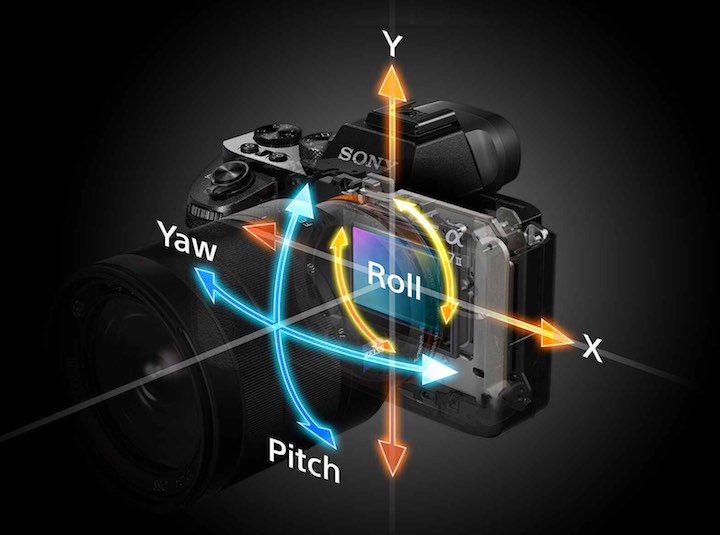
The D850 doesn’t feature any image stabilisation system but relies on the VR (Vibration Reduction) system of Nikkor lenses. As stated earlier, in movie mode there is software stabilisation in 1080p.
7. Body design
Obviously one of the first striking differences between the two cameras is the size and weight.
The Nikon D850 has the bulky look of a modern DSLR. It is larger and almost double the weight of the A7r II (1kg vs 625g). The build quality is excellent with a magnesium alloy body and weatherproofing (splash and dust). One feature you rarely find on a mirrorless camera is the top monochrome LCD screen which is handy to check a few settings on the fly. There are also illuminated buttons that can be quite handy when working in the dark.
The Sony body is smaller and lighter with sharper lines. It is made magnesium alloy as well and has weather sealing against dust and moisture. There are more customisable buttons but let’s not forget that the D850, as with many DSLRs of that level, features lots of dedicated buttons for the most important settings such as ISO, Metering, and so on.
8. Battery life
Here comes a small yet important difference. The D850 has an excellent battery life just like most DSLRs. The official specifications show that a single charge should allow you to capture more than 1,800 shots or 70 minutes of 4K recording. The optional battery grip and larger battery can increase that to more than 5000 images.
The A7r II uses the common NP-FW50 battery used by many E-mount mirrorless cameras and the battery life is not great. The official specifications state about 300 shots or 50 minutes of video. In the real world, the video part is more or less correct. As for stills, you may be able to capture more than 300 images but it still won’t match the performance of the Nikon. There is an optional battery grip available that improves the performance.
9. Memory cards
Here we have another detail that is very important for professional photographer. The D850 as expected comes with a dual memory card slot. You can use an SD card (UHS-II compatible) and a XQD card.
On the A7r II, only one slot is available (SD, UHS-I).
10. Price and lenses
For now only the US price of the D850 has been revealed and we are talking about a whopping $3300. The A7r mark II is less expensive at $2700 and there is also the chance to find it refurbished or second-hand.
As always when talking about different camera system, it is important to mention the lens eco-system. The Nikon F mount has been around for almost 60 years so the amount of choice you have is overwhelming. But even if we focus on the current official catalogue, there are more than 70 FX lenses available and a good selection from third-party manufacturers like Sigma and Tamron.

Three years ago the lack of lenses for the Sony FE system was relevant but today things have changed. The company has been working hard to deliver new lenses and today there are no fewer than 24 native full frame lenses to choose between. We also have 8 products from Zeiss and three autofocus lenses from Samyang. You can also adapt DSLR lenses easily thanks to the shorter mount flange of the camera and its on-sensor PDAF.

Extra: low light performance for astro-photography
Although the cameras share similar sensor technology and resolution, lately many astro-photographers have been complaining about Sony E-mount cameras applying too much noise reduction to the RAW files, even if the NR setting is turned to Off. Known as the “star-eater” problem, it surfaced after a firmware update was released in August 2016 (version 3.30). The camera confuses stars with noise and as a result many end up disappearing from your image.
Later this year a new firmware version (4.0) claimed to fix the problem but apparently it didn’t. I shot many Milky Way images prior to this update with the A7r II and always found the performance excellent but if you are hesitating between these two cameras now, and astro-photography is one of your favourite genres, this is something worth keeping in mind. You can find more information about this on the web but I particularly recommend this article by Lonely Speck that is constantly being updated.
Conclusion
The Sony A7r II has been a very popular mirrorless camera since its announcement in 2015 and its 42MP sensor is the best digital 35mm chip on the market according to many reviews and lab tests. Its exceptional image quality, coupled with great 4K video and a good autofocus system, was the reason many users who had never considered a mirrorless camera before suddenly became interested in the technology.
The Nikon D850 doesn’t bring anything revolutionary to the table but the new sensor and autofocus system, as well as the various other minor updates, should render it a solid performer and a popular DSLR amongst high-end users.
Choosing between the two isn’t so much about image quality (except maybe for astro-photography as explained above) as it is about the different technologies they utilise (mirror vs mirrorless), as well as the lens selection and the specific genres for which you plan to use them.
Check price of the Nikon D850 on
Check price of the Sony A7r II on
You may also be interested in the following articles:

